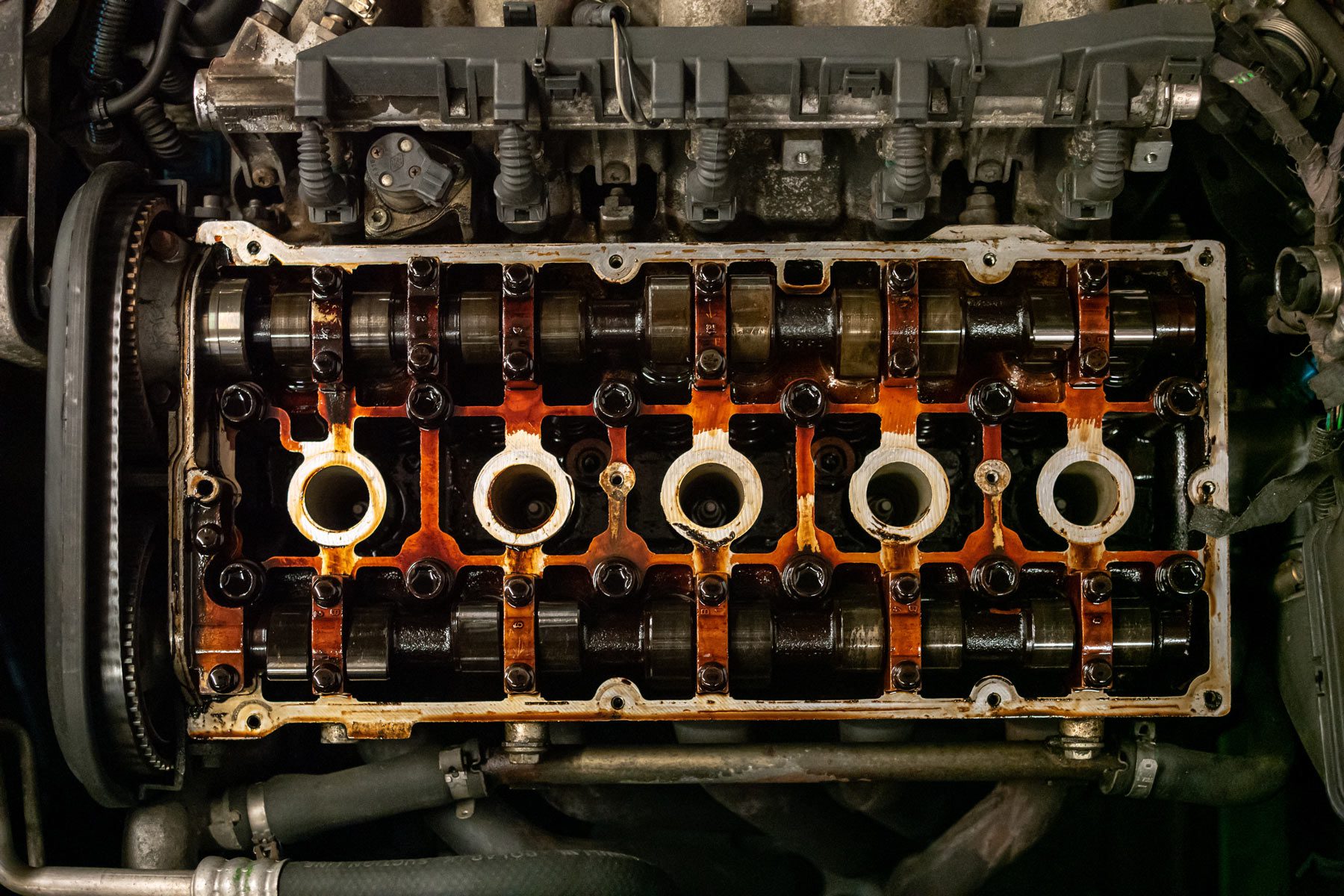Reliable and Powerful Small Automobile Electric Motor Efficiency Evaluation
Assessing the efficiency of tiny cars and truck electric motors is a nuanced job that needs an eager eye for detail and a deep understanding of auto design principles. The balance between performance and power is critical for supplying a driving experience that is both economical and gratifying when it comes to portable cars. By taking a look at vital metrics such as horse power and torque, in addition to evaluating fuel effectiveness, we can uncover insights into just how little car engines can be optimized for peak performance. In addition, checking out future trends in little car motor technology guarantees to reveal innovative methods that might improve the landscape of vehicle design.

Small Automobile Electric Motor Performance Metrics
In assessing the efficiency of small automobile motors, essential metrics such as velocity, fuel efficiency, and power outcome play a critical function in identifying their total performance and viability for different driving problems. Velocity, gauged in seconds from 0 to 60 miles per hour, suggests exactly how rapidly a tiny car can reach greater speeds, which is necessary for merging onto highways or surpassing various other cars. Gas efficiency, usually determined in miles per gallon (MPG), reflects just how much a little car can travel on a gallon of gas, affecting running expenses and ecological sustainability. Power result, revealed in horse power (HP) or kilowatts (kW), represents the engine's capacity to generate the needed pressure to propel the automobile, affecting its performance in various road conditions. By reviewing these efficiency metrics thoroughly, manufacturers, motorists, and vehicle lovers can make enlightened choices pertaining to the choice and optimization of little cars and truck electric motors to fulfill their details requirements and choices.

Horsepower and Torque Analysis
With an essential function in comprehending small vehicle electric motor efficiency, horse power and torque analysis supplies insight into the engine's power delivery features. In the context of small vehicle motors, horsepower is crucial for figuring out acceleration, top rate, and general performance. By comprehending the partnership between horse power and torque, automotive designers can optimize engine performance to meet the specific demands of little automobile applications.
Fuel Efficiency Examination
The evaluation of fuel efficiency in little vehicle motors plays an essential role in establishing their economic and ecological impact. In little automobile motors, where small dimension frequently associates with better gas economic climate, numerous variables influence efficiency.
To assess gas effectiveness, metrics such as miles per gallon (MPG) are generally used. This dimension indicates the distance an automobile can travel each of fuel. Small vehicle electric motors that attain higher MPG rankings are thought about extra fuel-efficient, leading to expense financial savings for chauffeurs and lowered discharges that benefit the setting. Manufacturers constantly make every effort to enhance gas performance via developments in engine modern technology, lightweight materials, and aerodynamic styles.

Enhancing Little Automobile Engine Performance
Enhancing the performance of small cars and truck engines is paramount in maximizing performance and decreasing operational costs. Optimizing small car engine efficiency includes an alternative technique that considers numerous aspects such as engine design, fuel administration systems, and general car dynamics. One key aspect of enhancing engine performance is guaranteeing appropriate maintenance schedules are complied with, including regular oil changes, try these out filter replacements, and ignition system assessments. In addition, adjusting the engine to run at its peak performance can dramatically enhance general performance.
Another critical consider enhancing small automobile engine efficiency is the use of advanced technologies such as turbocharging or crossbreed systems. These technologies can improve power output without compromising fuel performance, providing an equilibrium between performance and economic situation. Maximizing engine performance likewise includes improving burning effectiveness, reducing frictional losses, and boosting thermal management systems.
Future Trends in Small Cars And Truck Motors
Due to advancing automobile technologies and the continuous quest of optimum tiny cars and truck engine efficiency, an exploration of future patterns in little vehicle motors becomes critical - opel corsa engine. One prominent fad imminent is the enhancing assimilation of electric powertrains in tiny cars. As the auto industry shifts towards sustainability and reduced exhausts, more tiny cars and truck manufacturers are spending in electric motor technology to improve efficiency and environmental friendliness
An additional significant fad is the growth of smaller sized yet more powerful turbocharged engines for small cars and trucks. By scaling down engine capabilities and including turbocharging innovation, car manufacturers can accomplish greater power outputs while maintaining gas effectiveness. This pattern aligns with the growing customer need for tiny autos that provide a dynamic driving experience without compromising on fuel economic situation.
Additionally, the development of hybrid powertrains in little autos is expected to gain traction in the future. Crossbreed systems offer the benefits of both interior burning engines and electric motors, providing improved performance and fuel web link performance. As advancements in battery technology continue, little vehicle electric motors are most likely to come to be a lot more efficient and effective, providing to the advancing requirements of customers and regulatory needs for cleaner transport services.
Conclusion
In verdict, the evaluation of little auto motor efficiency metrics such as horsepower, torque, and gas efficiency is necessary in maximizing engine efficiency. By evaluating Learn More these factors, manufacturers can improve the total performance and power outcome of small cars and truck electric motors (opel corsa engine). Future fads in small cars and truck electric motors are likely to focus on boosting performance while keeping gas effectiveness, making sure that little cars proceed to be a trustworthy and cost-effective option for customers
By taking a look at vital metrics such as horsepower and torque, as well as evaluating gas performance, we can reveal insights into exactly how small car engines can be enhanced for peak performance. Optimizing small car engine performance includes an all natural technique that takes into consideration various elements such as engine layout, fuel administration systems, and total vehicle characteristics.In light of advancing auto innovations and the continuous search of optimal small automobile engine performance, an expedition of future fads in small auto motors ends up being essential.In conclusion, the analysis of tiny automobile motor efficiency metrics such as gas, horsepower, and torque efficiency is vital in enhancing engine performance. Future fads in small vehicle electric motors are most likely to concentrate on enhancing performance while keeping gas efficiency, making sure that tiny automobiles proceed to be a dependable and economical option for consumers.